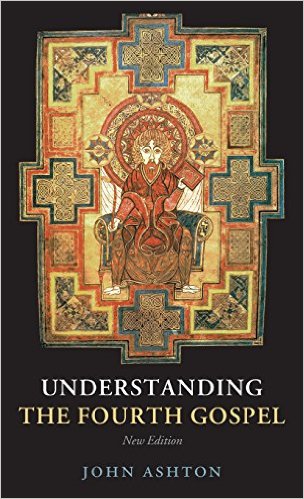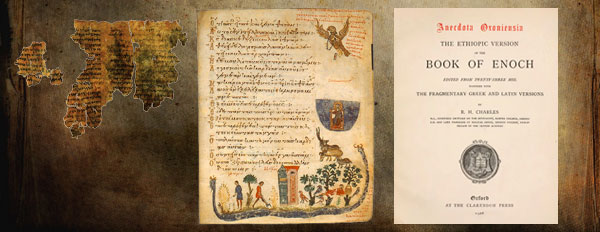ABC (Australian Broadcasting Commission)’s correspondent, Ben Knight, has an article for the national news detailing his “expulsion” from Iran.
Here is the critical passage:
Then, on the day after the eight civilians were killed, our Iranian translator took a phone call with a message from the Ministry of Islamic Guidance, which oversees the foreign media in Iran.
All press cards had been cancelled; journalists were banned from covering any unauthorised gatherings; and we were to work only in our offices or hotels.
The message was clear enough. But then this bit was added on the end: ‘The police are no longer in charge of the city; it is now under the authority of the Revolutionary Guards.’
It was obviously sheer intimidation. And to be brutally honest, it worked.
Now I have not read as much as many others have about the details of expulsions of reporters from Iran. I would not be surprised if many representing mainstream news outlets have been expelled. But the reason I say that is that from the coverage I do read — from a miscellany of independent reporters on the ground in Iran — that there have been strong indications of pro-government demonstrations and other indications of even perhaps majority support for the present government, while the mainstream media only seems to report the anti-government evidence.
I cite Ben Knight’s reporting above as an example of the sort of confusion that is being fed the western audiences.
The sole source of Ben Knight’s directive to leave Iran under “government orders” was an Iranian translator relaying what he/she said they heard on a phone call claiming to be from the Ministry of Islamic Guidance. Knight confesses he had been scared enough not even to check out the veracity of that phonecall, but to get out of the country immediately. Admittedly he had only one day left on his visa, and for that reason did not want to risk any other activity. But I would be interested to know if since his return he has reapplied to enter, or if any ABC reporters have applied to enter and what the response has been from Iran.
But we are not told anything like this.
All we are left with is the impression — the impression — that the Iranian authorities had expelled Ben Knight. We do not know from the evidence he cites if it was true or not. Nor can Knight know, if we take his report at face value. Was Ben Knight really targeted for intimidation? If he was, we have questions about why Robert Fisk can continue, with other reporters, to send back critical messages of Iran’s government and the heroism of its people.
Ben Knight in his original article (see the link above) refers to police on motor cycles, but he does not give us evidence to enable readers to affirm that in every case motor-cycle riders were indeed police, and in a previous post there was a picture of Iranian civilians riding motor-cycles through streets showing evidence of rioting/destruction. So what can a thoughtful reader to conclude if anything? Knight also refers to civilians mobbing his team because of their camera, and even refers to a hand being placed over a lense — but again there is no way of knowing from his report if this was a civilian’s hand or a policeman’s.
Now when I compare all that with previous posts here of Robert Fisk being allowed to continue reporting in Iran, and even relaying in his reports discussions he has with other reporters in Iran — SINCE BEN KNIGHT’S departure — I can only be left with questions in my mind.
Mainstream media clearly cannot be relied on as a sole source of information coming from this country at this moment.


